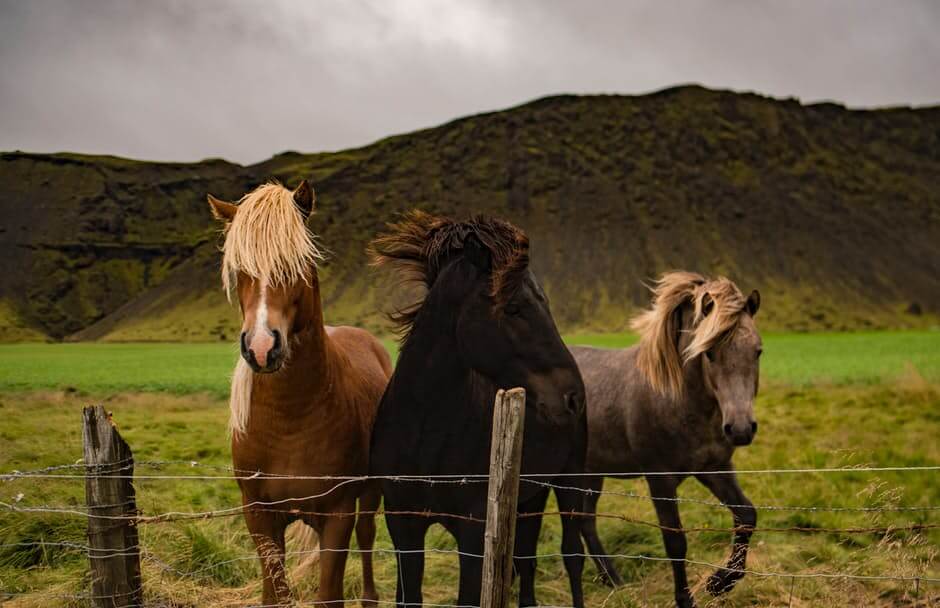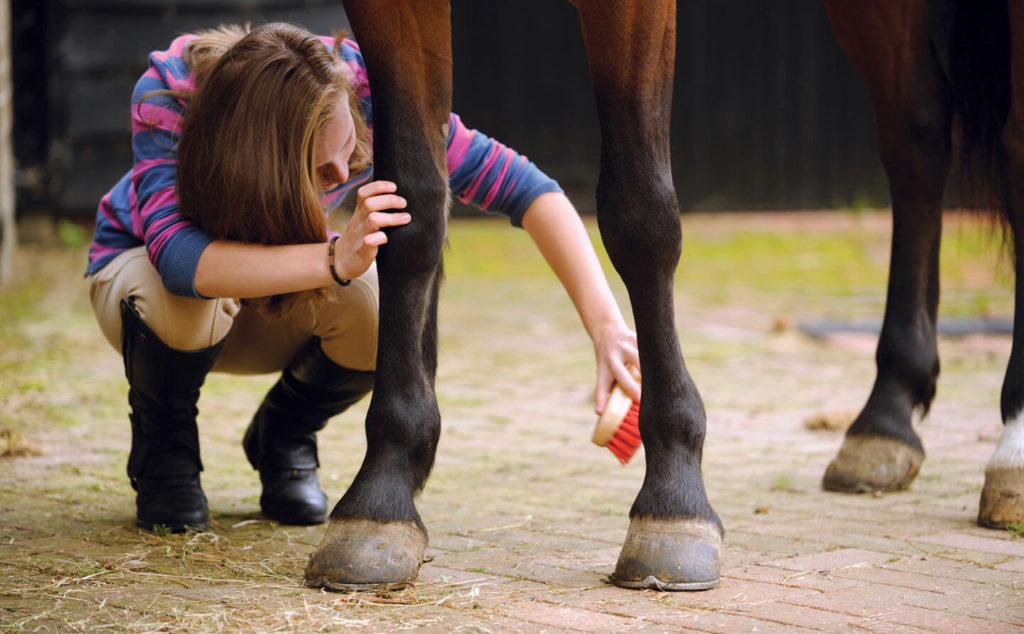Sarcoids
Sarcoids are the most common form of equine skin tumour, they are classified as low grade fibrosarcomas (tumours). Although common, sarcoids vary greatly in appearance and size and the nature in which they grow and the response to treatment. It is this variability which makes them such a challenge for owners and vets to manage and treat. Certain breeds are more commonly affected with thoroughbreds being over represented. Geldings appear to be more commonly affected than mares. Although a tumour, sarcoids do not spread internally. Sarcoids may rise at any site on the skin but most commonly at sites where flies land; chest, groin, sheath, belly and around the face as well as at sites of previous or current wounds. The majority of cases arise between the years 3 to 6 of age, however they may appear later in life. It is thought that flies play a role in the spread of sarcoids between horses.
There are various types:
Occult
Appear as hairless grey scaly , rough circular patches of mildly thickened skin. They are the least distinctive and often mistaken for rubs or ringworm.
Verrucous (warty) sarcoids
Wart like in their appearance and often greyish in colour. They are usually slow growing and not aggressive however any interference or trauma may result in these lesions changing to a more aggressive form of sarcoid. They are commonly found around the face, armpit and sheath regions of the body. They may appear singularly or coalesce into groups forming larger lesions.
Nodular sarcoids
Firm and nodular in nature these sarcoids are more common in the eyelid, armpit, inside thigh and groin regions. Often the nodules are freely mobile under the skin although they may be attached to overlying skin. The overlying skin is usually normal but may start to thin and ulcerate. They may remain static in size for many years but can become aggressive if interfered.
Fibroblastic
Fibroblastic sarcoids are often aggressive and have a fleshy granulomatous appearance. Sometimes they are pedunculated but can also be firmly attached. Fibroblastic sarcoids can also develop on wounds and may closely resemble proud flesh.
Malevolent
This is the most aggressive form of sarcoid and most commonly affects the face, elbow and inside thigh regions of the body. Can spread over a wider area and quickly grow in size. They appear like ulcerated nodules but tending to group into larger bundles. This form of sarcoid is more difficult to treat but is rarer.
There may be lesions/sarcoids that display qualities of two or more sarcoid types. It is important to note that no two sarcoids are the same and treatment and response to treatment may vary between sarcoids.
Treatment
There are a range of treatment options available, dependent on type of tumor, location of the tumor and your budget. Common treatment methods include the use of creams such as Liverpool Cream, the use of a ring around the tumour, supplements and / or laser treatment and / or a range of alternative therapies.
If you think your horse may be suffering from sarcoids, please give the practice a call so that we can review and consider if treatment is recommended.




